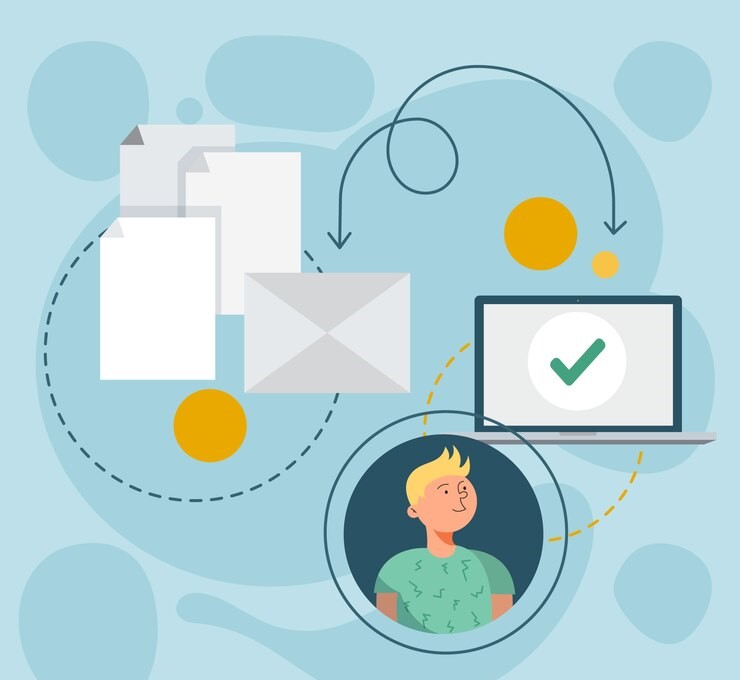Table of Contents
ToggleA leave of absence letter is a formal request for time off from work. Whether you need time off for personal reasons, medical issues, or other circumstances, a well crafted leave of absence letter can help ensure that your request is granted smoothly. Here’s a comprehensive guide on how to write an effective leave of absence letter.
Understanding the Basics
Before you start writing, it’s important to understand what a leave of absence letter is and why it’s necessary. This letter serves as a formal request to your employer, outlining the reasons for your absence and the duration of your leave. It helps maintain professional communication and ensures that your employer is aware of your situation and can make necessary adjustments.
Key Components of a Leave of Absence Letter
- Header: This includes your contact information, the date, and your employer’s contact information.
- Salutation: A formal greeting, such as “Dear [Supervisor’s Name],”.
- Introduction: A brief statement indicating that you are requesting a leave of absence.
- Reason for Leave: A clear and concise explanation of why you need the leave.
- Duration of Leave: Specify the start and end dates of your leave.
- Work Plan: Outline how your work will be managed in your absence.
- Conclusion: A polite closing statement expressing gratitude.
- Signature: Your handwritten or typed signature.
Sample Leave of Absence Letter
Here’s an example to help you craft your own leave of absence letter:
[Your Name]
[Your Address]
[City, State, ZIP Code]
[Email Address]
[Phone Number]
[Date]
[Supervisor’s Name]
[Company Name]
[Company Address]
[City, State, ZIP Code]
Dear [Supervisor’s Name],
I am writing to formally request a leave of absence from work. Due to [briefly state the reason, such as a medical condition, family emergency, or personal reasons], I will need to take time off from [start date] to [end date].
During my absence, I have arranged for [colleague’s name] to handle my responsibilities. I will ensure that all my current tasks are up to date and will provide detailed instructions for any ongoing projects. I am also available for any urgent queries via email.
I appreciate your understanding and support during this time. Please let me know if you require any further information or documentation.
Thank you for considering my request.
Sincerely,
[Your Name]
Tips for Writing an Effective Leave of Absence Letter
- Be Clear and Concise: Clearly state your request and provide all necessary details without unnecessary elaboration.
- Maintain Professional Tone: Keep the tone formal and professional throughout the letter.
- Provide Documentation: If applicable, attach any supporting documents, such as a medical certificate.
- Give Adequate Notice: Submit your letter well in advance to allow your employer to make necessary arrangements.
- Follow Company Policy: Ensure that your request adheres to your company’s leave policies.
Day Off
The #1 tracker for your team’s PTO, vacations and absences, Day Off will help you track your team’s leaves and absences in one place. In seconds you will set up your leave policies, approval workflow and enjoy a unique experience. The “Day Off” app concept revolves around providing users a platform to manage their personal, sick, and vacation days more effectively. features aimed at both individual employees and organizations.
- Employees can track their balances up to date information about their available time off.
- You can add unlimited numbers of employees.
- Supports various leave types (e.g., annual, sick, maternity/paternity leave) and Supports Days and Hours balance, you can add unlimited numbers of leave types and leave policies.
- You can Customize week starting day settings according to your company’s operational days.
- Setting up public holidays specific to your country or region, by importing holidays from Google.
- The app can integrate with ( Slack, Google Calendar, Outlook Calendar and Teams)
- Supports Accruals & Carry overs.
Conclusion
Writing a leave of absence letter might seem daunting, but by following these guidelines, you can create a clear and respectful request. Remember, the key is to communicate effectively and professionally to ensure a positive response from your employer. Taking the time to craft a thoughtful letter can help you manage your leave smoothly and maintain a good relationship with your workplace.
